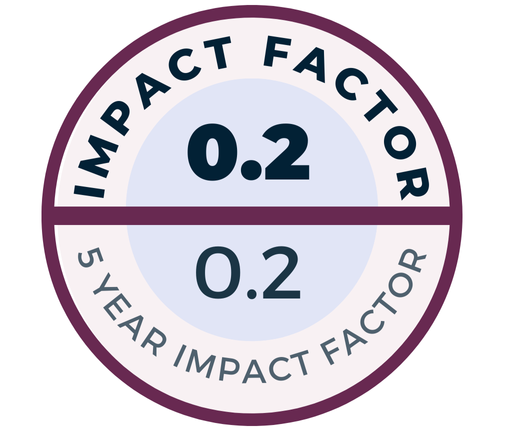Objective: Inter-retrotransposon polymorphism Polymerase Chain Reaction (IRAP-PCR) technique allows for detecting insertional polymorphisms via amplification of the DNA fragment between two retrotransposons in plant genomes. However, this method has not been reported to be used for analyzing human samples to date. Recently, Human Endogenous Retrovirus (HERV) polymorphisms gained interest due to their potential effect on pathophysiology of certain diseases. Nevertheless, the association between HERV polymorphisms and the risk for developing nasal polyposis (NP) has not been studied. In this study, we aimed to investigate whether or not IRAP-PCR could be performed in nasal swab samples for comparing HERV polymorphisms in different nasal mucosal samples.
Methods: Nasal swab samples from 16 patients were used for DNA isolation. These DNA samples were used as templates for IRAP PCR of HERV-K6, HERV-K11, HERV-L1 and HERV-L2 and PCR products were analyzed by agarose gel electrophoresis.
Results: Nasal swab samples yielded enough DNA material for successfully performing IRAP-PCR. We obtained specific banding patterns the three out of four HERV sequences tested in this study. No polymorphisms was detected between samples from different patients. Similarly, polymorphic bands was not detected between the polyps or nasal mucosal swab samples obtained from the same patient.
Conclusion: We have, for the first time, shown that IRAPPCR can be performed in nasal swabs. Our findings suggest that this technique can serve as an inexpensive and effective screening tool for investigating links between nasal mucosal diseases and HERV polymorphisms such as nasal polyposis.

.jpeg)
